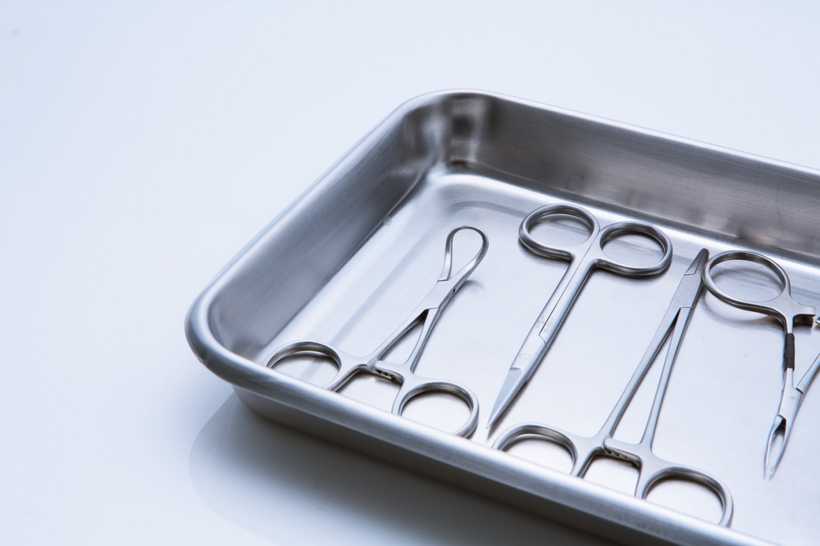
1. What are the differences between incision and non-incision hair transplantation? How much pain is involved?
Incision(FUT(follicular unit transplantation) or FUSS(follicular unit strip surgery)) involves cutting and separating the scalp in the occipital area, followed by suturing the skin. Non-incision(FUE(follicular unit extraction or excision)), on the other hand, involves individually extracting hair follicles without cutting the scalp. Non-incision procedures result in less pain as there is no scalp incision involved. Additionally, the procedure can be performed comfortably with partial anesthesia.
2. Which method is better, incision or non-incision?
Both methods have their own advantages and disadvantages. Incision allows for a larger number of hair follicles to be transplanted in a single surgery. However, non-incision procedures leave minimal scarring and have a faster recovery time, allowing patients to return to their daily activities more quickly.
Incision procedures can result in permanent scarring, while non-incision procedures are relatively more expensive compared to incision procedures.
3. How long does the surgery take?
The duration of the surgery may vary depending on the amount of transplantation required, but on average, it takes about 5 to 6 hours.
4. What is the recovery period after the surgery?
For non-incision procedures, pain is minimal, and shampooing can be resumed the day after the surgery. There is little disruption to daily activities.
5. Will the transplanted hair fall out again?
Transplanted hair that has successfully taken root will continue to grow. Around 2 weeks after the surgery, the transplanted hair may shed over a period of 1 to 2 months. From 3 to 4 months onward, the transplanted hair will gradually grow, and it usually takes around 10 to 12 months for the hair to fully grow.
6. When will scabs and redness disappear?
For non-incision procedures, there is minimal bleeding, resulting in fewer scabs, and any scabs that do form will fall off within 2 to 3 weeks. The wounds in the transplantation area will naturally heal and return to normal scalp tissue, which may require some time.
Redness may vary for each individual, but it typically disappears within 1 to 2 months, with a maximum duration of 5 to 6 months.
7. Is it normal for the transplanted hair to fall out?
Around 1 month after the surgery, the transplanted hair may be lightly attached and can fall out when pulled. This is a natural phenomenon as the transplanted hair goes through a resting phase. Hair that has properly taken root will regrow normally, so there is no need to worry.
8. How should inflammation be treated?
Although rare, inflammation can occur in the transplanted area due to factors such as alcohol consumption, smoking, stress, and overexertion. Inflammation can have a negative impact on the graft's survival and the balance of the transplanted density. In such cases, it is recommended to visit the clinic where the transplantation was performed as soon as possible. If visiting is not possible, over-the-counter anti-inflammatory agents can be used for minor inflammation, while prescription antibiotics may be considered for more severe inflammation.